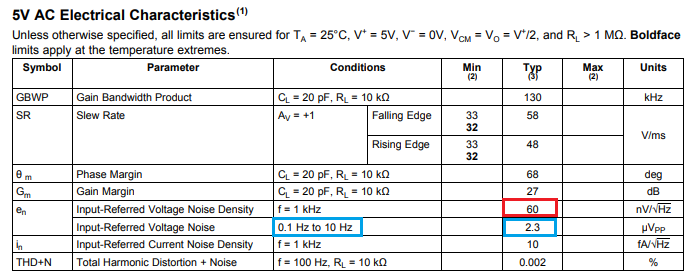Other Parts Discussed in Thread: TINA-TI, OPA320, LMP2234, ADS1248
Team,
Can you please help for choosing the appropriate OPAMP for the below use case (just the OPAMP portion for now).
The goal is to be able to measure precision as close as 2mV on a +/-10V VDC source across the complete range (see SBAA242A - see data converter cookbook page 71) but it must have as well a high input impedance (>= 10MOhms). In SBAA266A - see Data converter cookbook page 131 it is mentioned that a low bias current OPAMP should be used for system that have high input impedance.
Note that the two GND (+/-10VDC and the measurement side) are not connected together.
-Would the LMP7721 (as shown in SBAA266A) work as well for SBAA242A with an high input impedance (for example using Mohms resistor instead of 100kohms)?
-Early testing show 2 to 3 mV when inputs are at the same potential (ie 0V diff).
What if the main effect/factor that gives this results when the inputs are at the same voltage level?
Is there a way to compensate for this?
-When input is at 2V then the measurement errors goes to 6 to 7 mV.
More generally:
What do you advise to use as OPAMP for this use case?
What would be the main factors to consider for selection that will have the most infuence on the error?
Would it be possible to share a TINA-TI model for this use case (if model is available for the OPAMP you advise to use)?
Thanks in advance,
A.



